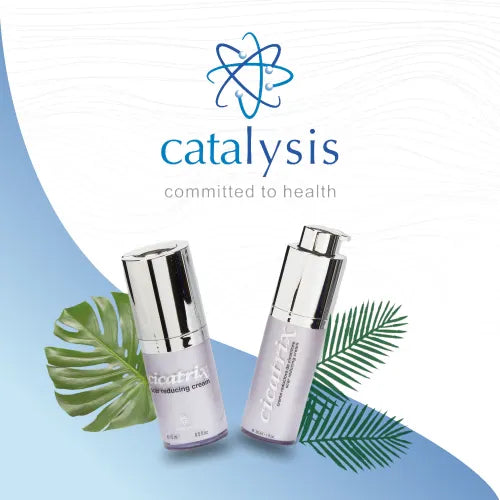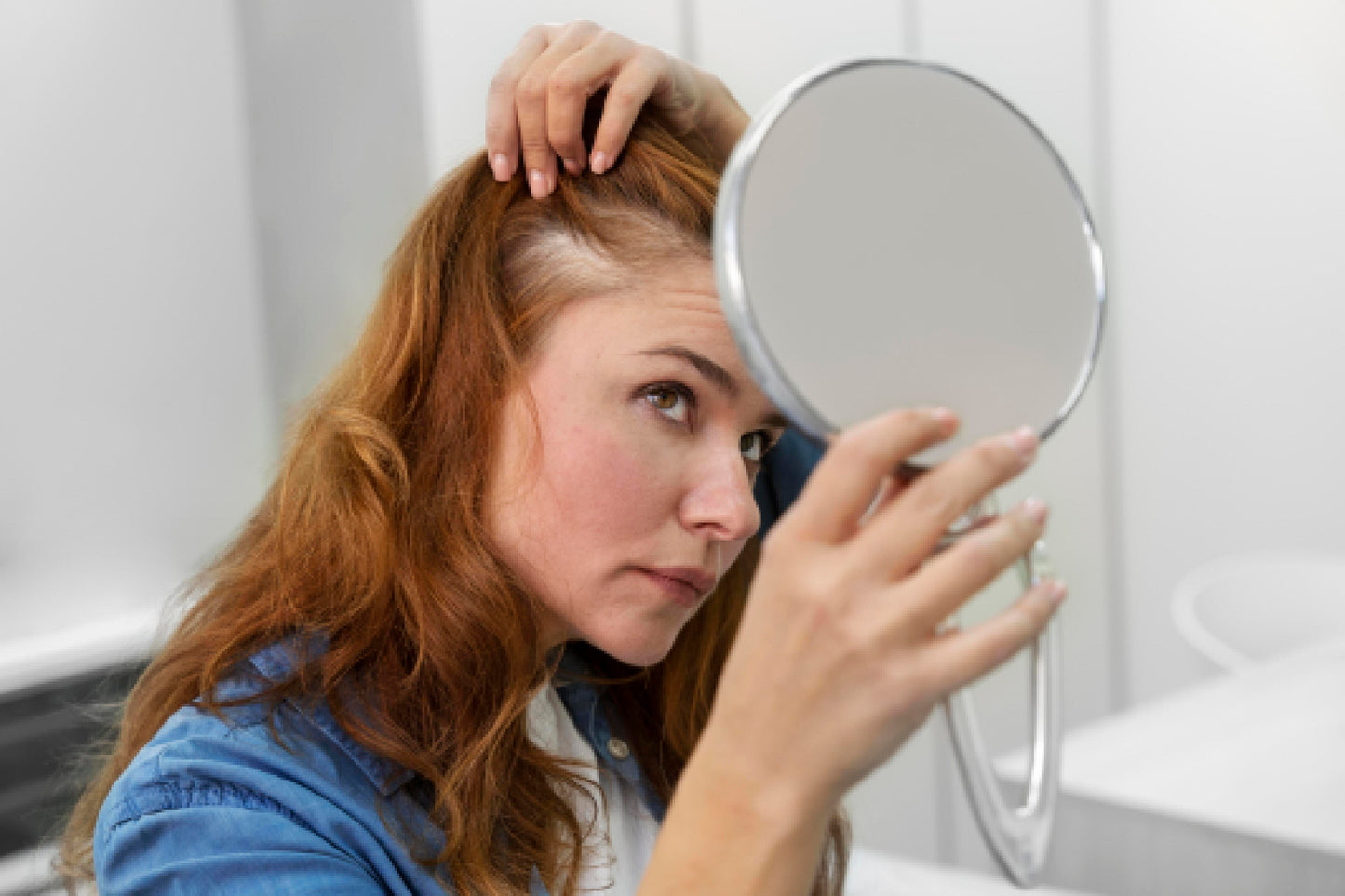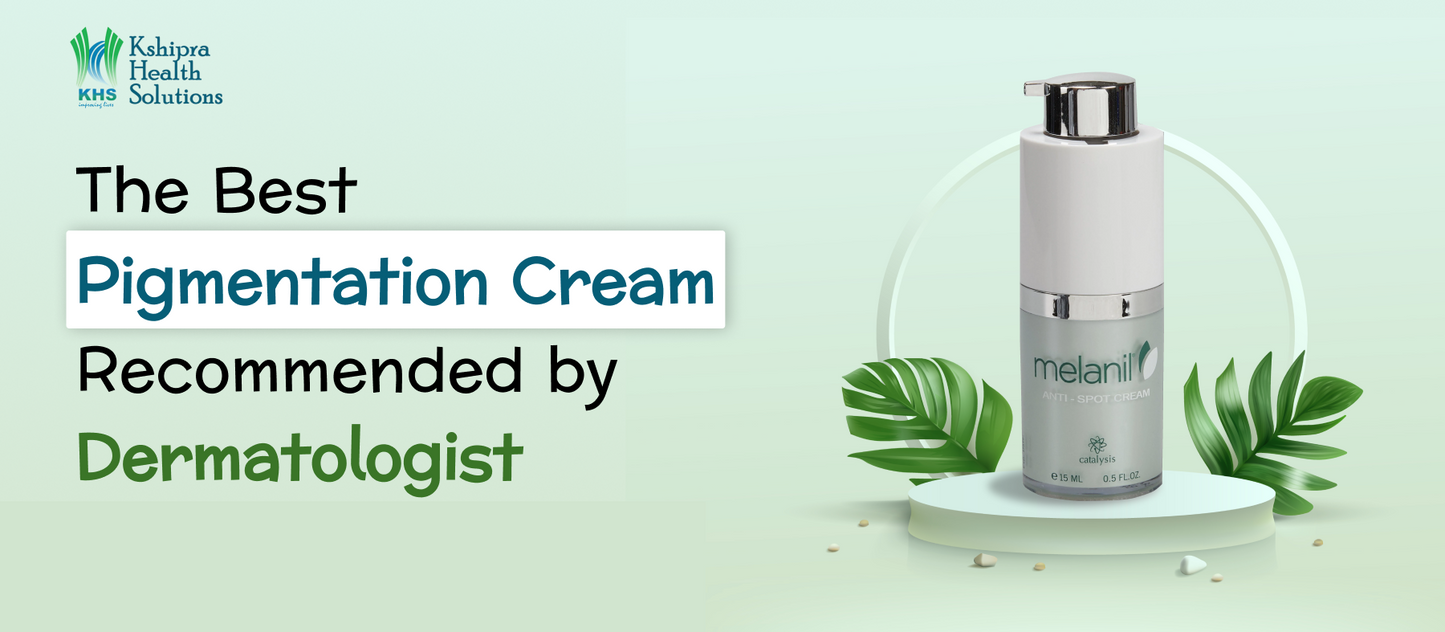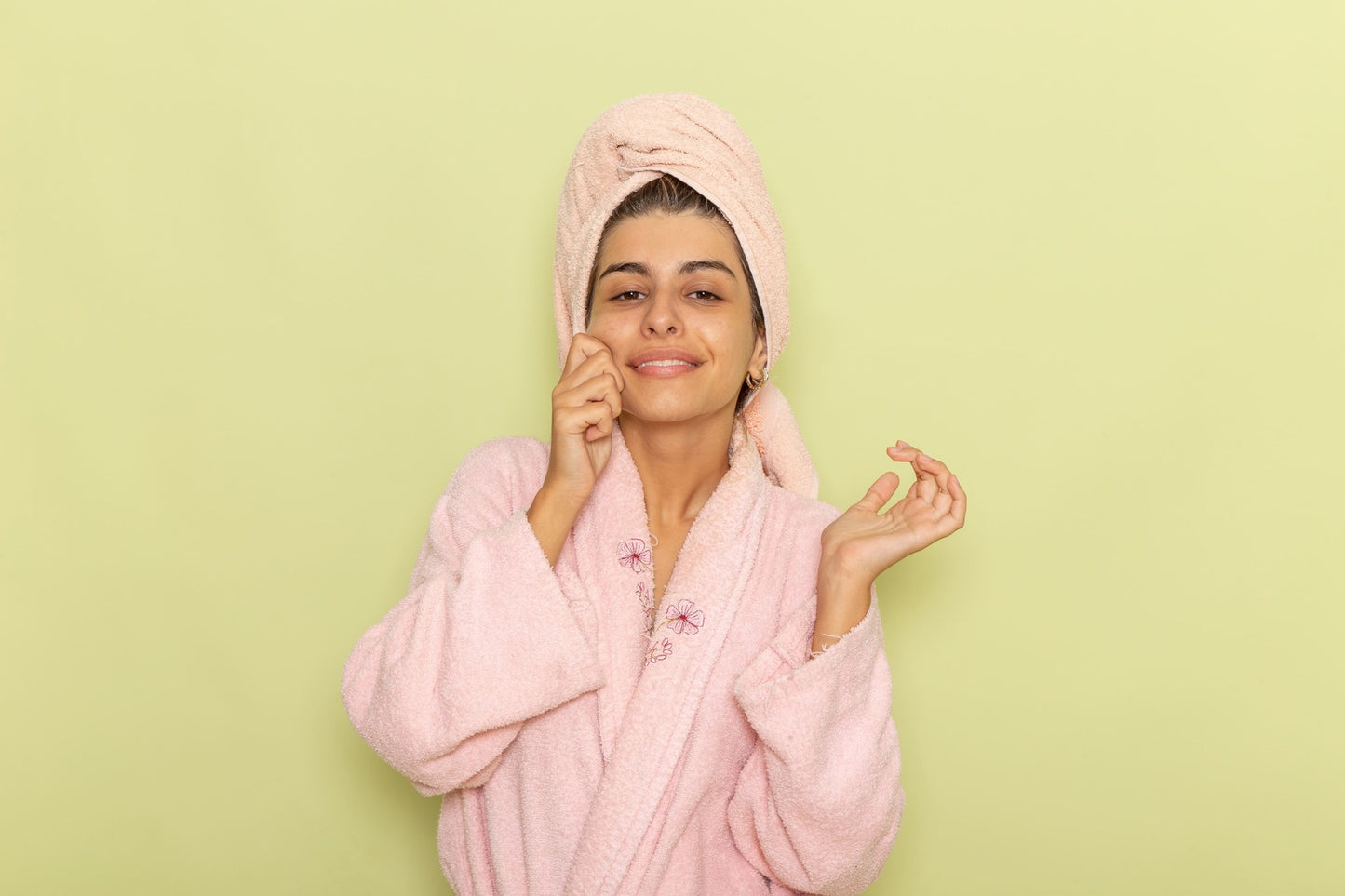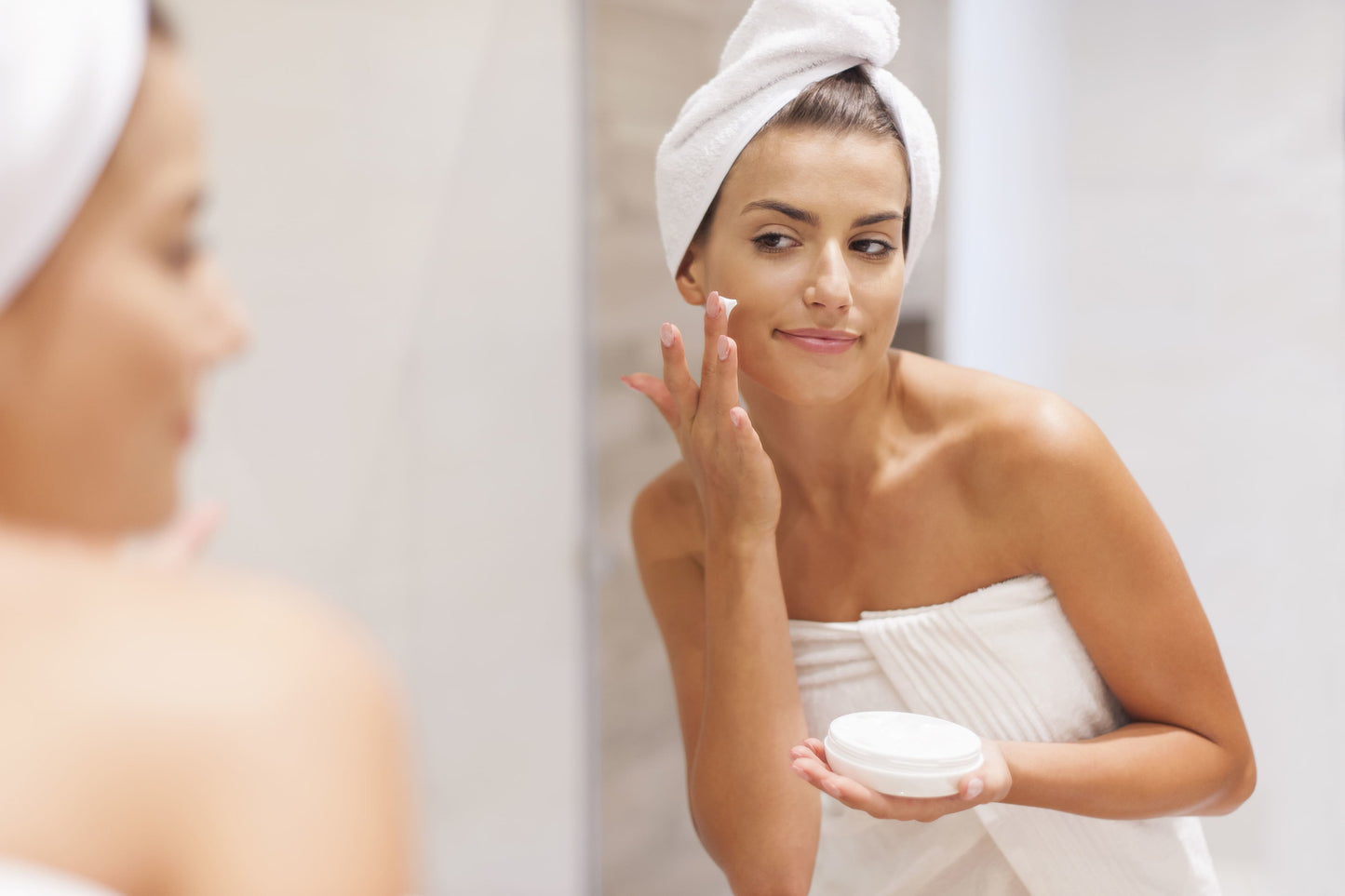
It is difficult to snub the clear signs of ageing at some point in life, like slight wrinkle around the eyes, lips, age spots, maybe some droopy skin. Though these signs of ageing are unwelcome, however, they are frequently inevitable.
Nonetheless, modern dermatological techniques have made it possible to help restore the skin to its youthful glow. With a facelift, one can defy age and boost self-esteem.
There are a number of surgical procedures patients can undergo to get a facelift. Still, non-invasive and minimal downtime alternatives to plastic surgery exist for those who want it without going under the knife.

The non-surgical facelift includes minimally invasive non-surgical procedures that target the effects of ageing and rejuvenate and revive the signs of ageing. It is not a single procedure or treatment but a combination of several.2
Non-invasive procedures have several types. The treatment is mainly depending on the concerns or what one wants to change.
It helps to improve the most common issues such as folded facial lines, deep creases, wrinkles, facial volume loss, which occur due to thinning of the skin, loss of facial fat, gravity, sun damage, and smoking.1, 3
Usually, a variety of treatments are used in combination to accomplish the overall facial rejuvenation goals. Here are some types of non-surgical facelift treatments:
1) Botox4
According to the American Board of cosmetic surgery, Botox, also known as Botulinum toxin, is one of the most commonly used non-surgical cosmetic procedures worldwide. Botox injections are efficiently utilised to manage fine lines and wrinkles between the eyebrows, forehead creases, crow’s feet around the eyes, and other wrinkles in the upper face region.
Outcomes from Botox can be observed within 3 to 7 days, and the effects typically last 3-6 months. Therefore, repeated treatments are necessary for continued wrinkle-reducing effects. There are no severe side effects, the most common being temporary eyelid drooping, temporary weakness, along mild redness, irritation and swelling at the injection site.
2) Dermal Fillers5, 6
Dermal fillers are injected beneath the skin's surface to reduce wrinkles, fill lines and spaces, and lift the face. Different types of dermal fillers are intended to manage varying signs of ageing. They are also used to
- Plump up sunken areas
- Enhance or fill in shallow areas on the face
- Lessen or eliminate the shadow or wrinkles under the eyes
- Fill in or soften the look of depressed scars
Dermal Fillers such as Restylane, Perlane, Radiesse, Juvederm, Artefill, and Sculptra can be used to smooth out these static wrinkles. These products are formulated using different materials. Most dermal fillers contain hyaluronic acid, which is found in some fluids and tissues in the body that adds plumpness to the skin. In addition, there are some fillers that are composed of calcium hydroxylapatite, polyalkylimide, polylactic and polymethyl-methacrylate microspheres (PMMA).
Results from fillers are immediate and can last up to 24 months, with little to no downtime. The majority of people experience minor side effects. However, few can be sensitive to treatment or experience allergic reactions like skin rash, itching, pimple-like eruptions or redness, bruising, or swelling.
3) Skin tightening techniques
Ultherapy7
One popular non-invasive technique, Ultherapy, deals with lower face sagging and double chin related problems. In this procedure, ultrasound energy is delivered to lift and support deeper layers of skin below the chin and lower face area. This targets areas beneath the skin with high intensity focused ultrasound (HIFU) energy, using the right temperature to stimulate collagen regeneration. This procedure is more expensive than some other non-surgical treatments. Results from Ultherapy last up to several months. Short-term side effects may include tingling, swelling, redness and tenderness.
Microneedling Radiofrequency (MNRF) 8
Microneedling Radiofrequency is another common technique used to help create firmer, smoother skin. In this procedure, small needles are used to deliver heat-based energy to the lower layers of your skin. This triggers the production of capillaries, elastin, and collagen. This can help generate new skin tissue and collagen beneficial for sagging skin, fine lines and wrinkles. The most common side effects include minor skin irritation right after the procedure and redness for a few days.
4. Threadlifts9
A thread lift is a type of procedure in which temporary, medical-grade sutures are used to produce a subtle but visible "lift" in the skin. It is a minimally invasive alternative to facelift surgery. Instead of removing the patient's loose facial skin surgically, the cosmetic surgeon simply suspends it by stitching up portions of it.
Thread lifts are regarded as a low-risk procedure with minimal recovery time. However, there are side effects and a risk of complications. The side effects include redness, bruising, and swelling. This procedure can be performed in about 45 minutes.
Benefits of non-surgical facelifts: 2
- No large incisions or general anaesthesia, or overnight hospitalisation
- They are quick affairs
- Economical
- Little discomfort
However, these procedures do have limitations2
- Moderate, less dramatic results
- Treatments must be repeated
- Costs can add up over months
- Typically require maintenance and upkeep
In general, non-surgical cosmetic treatments offer natural-looking results, are cost-effective, have fewer risks, and require minimal downtime compared with surgical facelifts. In addition, they can be an effective option for decreasing the appearance of wrinkles and frown lines, filling volume and firmness to the skin, and improving the texture and smoothness of the skin.
References:
- Cosmetic Procedures, Facelift Surgery, Rhytidectomy Available at: https://www.plasticsurgery.org/cosmetic-procedures/facelift, Last accessed on 4th March 2021
- What is a non-surgical facelift? Available at: https://www.plasticsurgery.org/news/blog/what-is-a-nonsurgical-facelift, Last accessed on 4th March 2021
- Facelift: What you need to know, Available at: https://www.medicalnewstoday.com/articles/244066, last accessed on 4th March 2021
- Botox: Cosmetic and medical uses, Available at: https://www.medicalnewstoday.com/articles/158647, last accessed on 4th March 2021
- What is the difference between Botox and dermal fillers? , Available at: https://www.medicalnewstoday.com/articles/320510#key-differences, Last accessed on 4th March 2021
- The Liquid or No-Surgery Face Lift, Available at: https://www.verywellhealth.com/the-liquid-face-lift-2710240, Last accessed on 4th March 2021
- Ultherapy: Non-surgical Alternative to Facelift, Available at: https://www.healthline.com/health/ultherapy, Last accessed on 4th March 2021
- All About Radiofrequency Microneedling, Available at: https://www.healthline.com/health/radiofrequency-microneedling, Last accessed on 4th March 2021
- Everything You Want to Know About a Thread Lift Procedure, Available at: https://www.healthline.com/health/cosmetic-surgery/thread-lift, Last accessed on 10th June 2021
